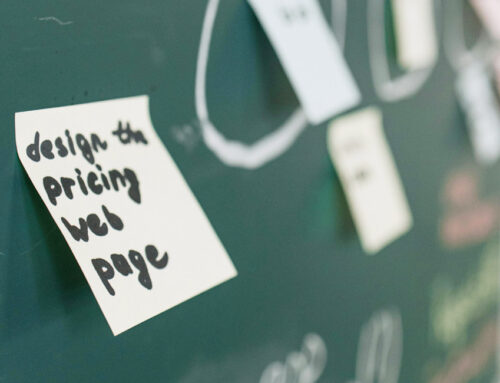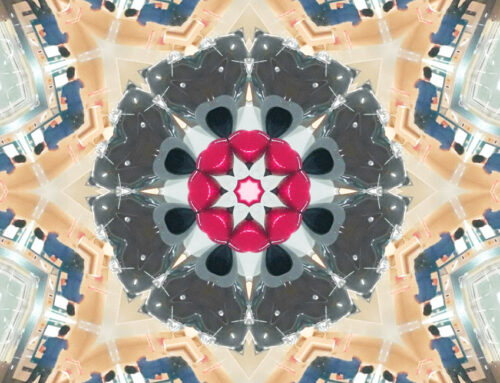The Journey of User Experience Design

Evolving alongside technological advancements to create intuitive and user-friendly digital products. The term “user experience” was coined by Don Norman in the 1990s, who emphasized the importance of understanding the user’s needs, motivations, and limitations. This laid the foundation for the modern principles of UX design, which prioritize the user throughout the design process.
Early Influences and the Rise of User-Centered Design
Before UXD became a formal discipline, usability and human-computer interaction (HCI) were already gaining attention in the 1980s. Pioneers in this field focused on improving how people interacted with computers, aiming to create more effective interfaces. As the digital world expanded in the 1990s, the concept of user-centered design (UCD) emerged. This approach emphasized involving users in every stage of product development, ensuring that designs were both functional and enjoyable to use.
The Digital Revolution and UX Growth
With the rise of the internet in the late 1990s and early 2000s, UX design gained even more traction. Websites and applications needed to cater to a larger and more diverse user base. Designers began incorporating research, usability testing, and user feedback to enhance digital experiences and create more engaging, accessible products.
Key Principles of UX Design
At the heart of UX design is the user-centric approach. By understanding what users need, designers can create products that resonate and provide value. Here are some key principles that guide effective UX design:
- Accessibility and Usability: Designs should be intuitive and easy to navigate, ensuring a positive experience for all users, including those with disabilities. Clear visual hierarchies and simple navigation help reduce cognitive load and improve usability.
- Clear Information Architecture: A well-organized structure allows users to find information easily, improving their overall experience and satisfaction.
- Visual Hierarchy and Storytelling: Using design elements strategically—such as color, typography, and spacing—helps guide users’ attention. Adding visual storytelling techniques, like animations and images, enhances engagement and makes the experience memorable.
- Iterative Design: UX design is an ongoing process that involves testing, gathering feedback, and refining designs. This iterative approach ensures that the final product aligns with user needs and expectations.
Methods and Techniques in UX Design
The UX design process includes various techniques aimed at understanding users and improving their experiences. From user research to usability testing, these methods help designers create more effective digital solutions. Breaking the user experience down into five core elements—Surface, Skeleton, Structure, Scope, and Strategy—ensures a cohesive, user-friendly design.
Tools for UX Design
UX designers use a variety of tools to streamline the design process. These include tools for user research, wireframing, prototyping, and collaboration. By using the right tools, designers can enhance productivity, ensure consistency, and create more effective designs. Some common tools include Sketch, Figma, and InVision, which help visualize designs, test prototypes, and collaborate with teams.
The Future of UX Design
Looking ahead, UX design will continue to evolve, driven by emerging technologies like artificial intelligence (AI) and machine learning (ML). These technologies will allow designers to create personalized experiences by predicting user behavior and tailoring content to individual needs. The future of UX will also place more emphasis on emotional engagement and accessibility, ensuring that designs not only meet functional needs but also create meaningful connections with users.
Conclusion
UX design is a dynamic and essential field that plays a critical role in creating engaging, user-friendly digital experiences. At denote.ie, we specialize in crafting websites and applications that prioritize the user at every stage. By embracing the principles of UX design, we help businesses deliver products that meet user needs, improve satisfaction, and drive long-term success.


